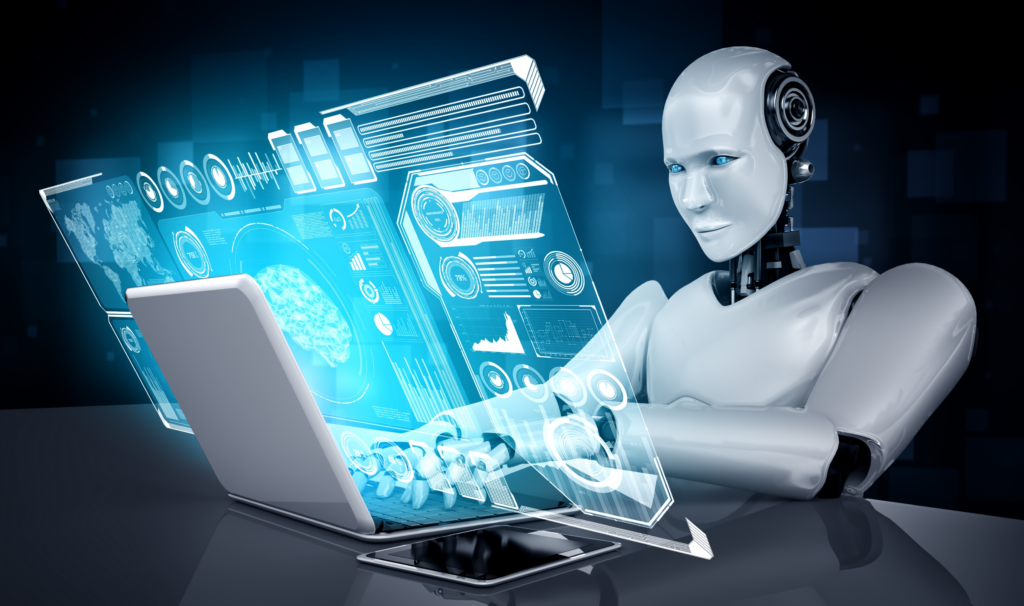
Windows 11 is finally here, and it brings a host of exciting new features and improvements to the classic Windows experience. If you’re a Windows user, you’ll definitely want to check out all that this latest version has to offer. In this blog post, we’ll dive into some of the key highlights of Windows 11 and how they can enhance your daily computing tasks.
Redesigned Start Menu and Taskbar
One of the first things you’ll notice in Windows 11 is the revamped Start menu and taskbar. Microsoft has moved the Start menu icon to the center of the taskbar, giving it a sleek and modern look reminiscent of macOS. The Start menu itself has also been simplified, with a clean grid-like layout for your apps and the ability to quickly access your recently used files.
Improved Multitasking with Snap Layouts and Snap Groups
Productivity is a major focus in Windows 11, and the new Snap Layouts and Snap Groups features are a game-changer. Snap Layouts allow you to quickly arrange multiple windows on your screen in predefined layouts, making it easier to multitask and stay organized. Snap Groups, on the other hand, let you save these window arrangements and quickly switch between them, ensuring you can pick up right where you left off.
Widgets and Personalized Content
Windows 11 introduces a new Widgets panel, giving you quick access to personalized content, news, weather, and more. This feature can be a great time-saver, allowing you to stay informed and productive without having to constantly switch between apps.
Enhanced Security and Performance
Under the hood, Windows 11 boasts improved security features, including the requirement for Secure Boot and Trusted Platform Module (TPM) 2.0. These hardware-based security measures help protect your system from malware and other threats. Additionally, Windows 11 promises better overall system performance, with improvements to boot times, resource management, and more.
Android App Support
One of the most exciting new features in Windows 11 is the integration of Android app support. Through a partnership with Amazon, you’ll be able to access and run a wide range of Android apps directly on your Windows 11 device, expanding the ecosystem of available software.
If you’re eager to experience the latest and greatest from Microsoft, be sure to check if your PC is eligible for the Windows 11 upgrade. With its fresh design, enhanced productivity tools, and cutting-edge security features, this newest iteration of Windows is sure to impress both casual and power users alike.








